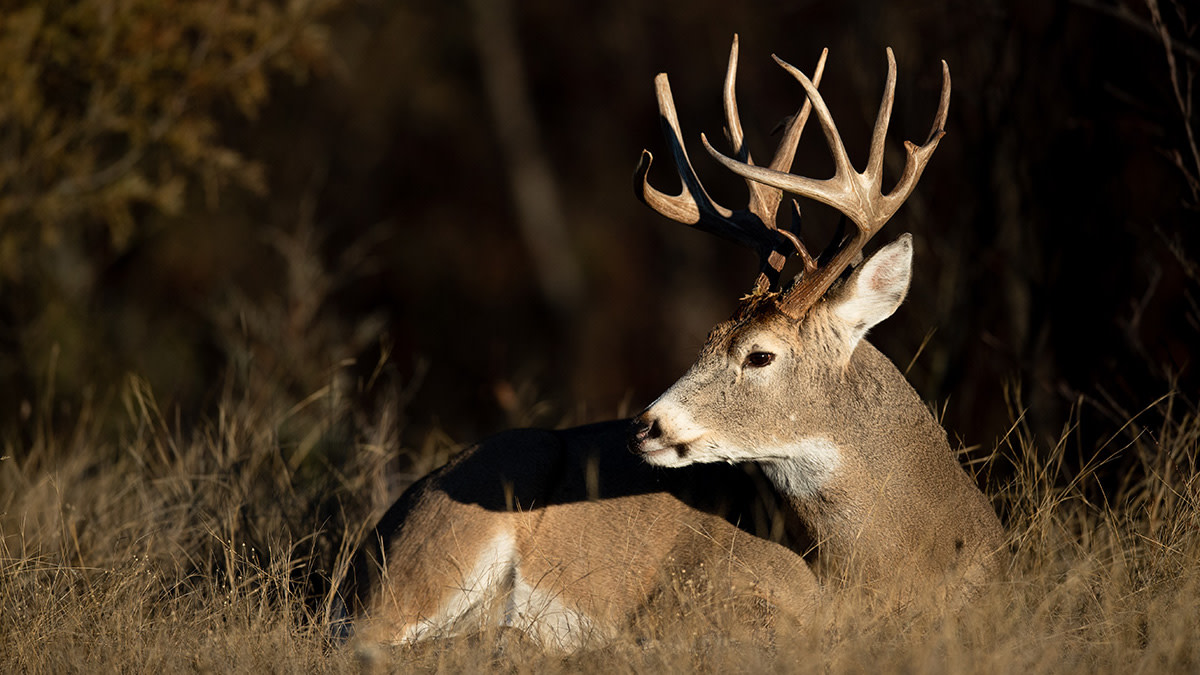
Editor’s note: For more on this topic, tune into Eps. 690, 693, 696, and 699 of the Wired to Hunt Podcast.
I’m fascinated by old whitetail bucks. If you’re reading this, you likely are too. I’ve heard it said that old bucks are almost an entirely different species from the rest of the herd and my own observations back that up as well. They move differently, act differently, and think differently. You can hunt deer or you can hunt old bucks, but you cannot hunt them the same. Like I said, there’s ample reason here for fascination.
With this in mind, over the last month I spoke to four of the best deer hunters in the world—Don Higgins, Mark Drury, Todd Graf, and Nathan Killen—about the behavior of old bucks and what, if any, consistent habits they’ve noticed in this age class of deer. You can, and should, listen to each of those conversations in their entirety on the Wired to Hunt Podcast. But to wet your palette I’ve highlighted below three of the most common shifts in behavior you can expect from the oldest bucks in your neighborhood.
They Reduce Daylight Movement
One of the most common shifts in behavior that old bucks exhibit is a reduction in daylight movement. Once a buck makes it to five, six, or seven years old, he’s likely encountered enough humans to know they represent danger and that most of that danger occurs during the day. While deer can’t reason, they certainly can learn to associate certain areas or times of day with a threat. And, for most deer, daylight equals danger.
The deer that do make it to an older age class have made it for a reason—either because they’ve learned to avoid daylight danger or because they’re naturally dispositioned to be more nocturnal and, for that reason, they got old. If you’re hunting a buck 5.5 years or older, you can just about count on him moving significantly less in daylight than he did when he was three or four.
“Those deer are just different,” Mark Drury said. “They're difficult to run into during daylight hours. I think that's the thing that differentiates them from say a 2.5 or 3.5 year old…If you look at how many get to four or five or six, it's not a high likelihood that they're gonna live to that age. Natural mortality is much greater on mature bucks. So by the time they get there, they've seen it all, done it all.”
The trick to killing an old buck like this is to understand that your opportunities will be reduced and to plan accordingly. With a few exceptions, it’s a safe bet that you’ll need to be relatively close to an old buck’s bedroom if you want to catch him in daylight and even those opportunities will be rare. Picking the right time to hunt in there is just as important. He might only move in daylight with certain conditions or at certain times of year, making the studying of past trail cam photos and observations particularly important to uncover when those opportunities might be.
“It takes so many events to be in your favor for the slot machine to be all jokers and you to kill that deer,” Drury said. “Is the food pattern and the weather matching something that he daylighted on in your hunting area in years past? You’ve got to get your access right. You’ve got to pick the right days. That's what keeps me up at night trying to figure those things out.”
Their Core Areas Shrink
Old bucks are a lot like old men. They’re a little bit exhausted, they’re set in their ways, and they’re comfortable in their routines. A buck like this knows what he likes, he knows where he likes to be, and he doesn’t want to change it. For that reason old bucks typically spend the majority of time in a smaller and smaller region the older they get. In the world of wildlife biology, this is known as “high site fidelity.”
Over the course of the first three to four years of a buck’s life he’ll widely explore his territory, he’ll search out mates in every direction, and eventually find a core area to call his own. If he gets any older than that, it will likely be because he finally found a place that’s kept him safe, sheltered, well-fed, and adequately watered.
“I do believe as deer get older, they gravitate to their favorite spots. They don't travel as far for a couple of different reasons,” Todd Graf said. “I think they've learned over the years where the good food is, where the good water sources are, and where the girls are that they're gonna need when the rut comes along.”
In other words, old bucks have sampled the region and narrowed their travels down to just the best of the best. They also might be getting a bit lazy. Mark Drury likens old bucks to an aging pet.
“If you watch a dog when it’s one to five years old, when they're still in their youth or their prime, they're quite active. And then by the time they get to that eleven or twelve-year-old status, they've slowed down,” he said. “They're sitting on the porch and not getting up much during daylight hours or not getting much at all. They sleep a lot. And I think you can relate that to an old buck at age five, six, or seven.”
A tightening core area in some ways can make killing an old buck harder, as they’re not covering as much ground and are less likely to walk by stand sites because of it. But, on the other hand, if you can locate that relatively small zone an old buck has zeroed in on and sneak in there without detection you’ve got a great chance. But this, of course, takes careful scouting, bulletproof access, and smart timing. The predictability of an old buck is his Achilles; use it against him.
They Develop Unique Personalities
Throughout all of my conversations during this last month of old buck-focused podcasts I heard one response over and over again, regardless of the question. “Well it depends on his personality.”
Other than the two tendencies listed above, the only consistent thing these guys could agree on about old bucks was that they all have unique personalities by the time they get old. Some are aggressive, some are shy. Some roam a little more, some hardly move at all. Some like to bed near other deer, some are complete loners. Don Higgins emphasized again and again that every old buck is an individual. Nathan Killen hedged almost every observation about old deer by reminding me, “that it really comes back to personality.”
With this in mind, any hunt for an old buck has to begin with an attempt to uncover that particular buck’s unique personality traits. Study any trail camera photos or videos you might have. Take notes after every observation. Observe and analyze the way he acts with other deer, the times he moves, the directions he heads, the behavior he displays, the foods he prefers, and the bedding he gravitates towards. All of it, if carefully considered, can help put the pieces together of this most difficult of puzzles.
A Worthy Challenge
Old bucks are an anomaly. They’re the exception to the rule. They are rare. An old deer only got that way because they did what almost every other buck on the landscape could not do.
They survived.
If you want to kill a deer like that, it’s worth remembering that the deck is stacked against you. But it’s exactly because of this that the pursuit is so dang worthwhile.
Feature image via Matt Hansen.

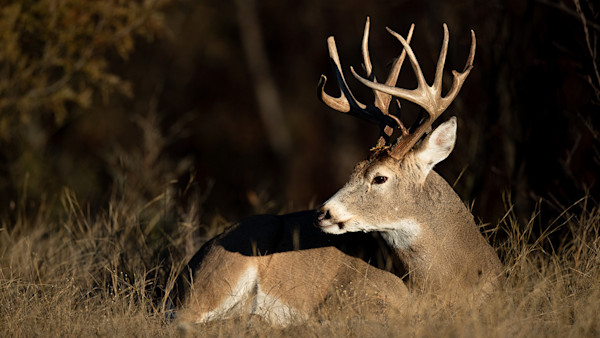
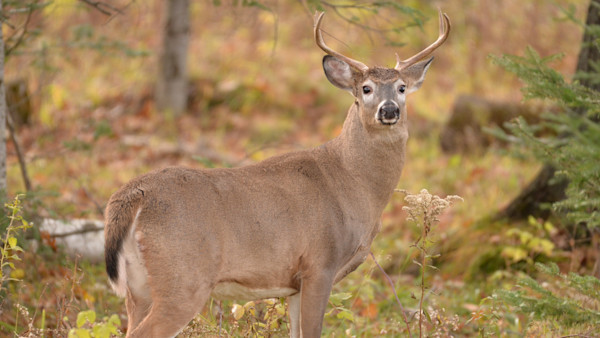

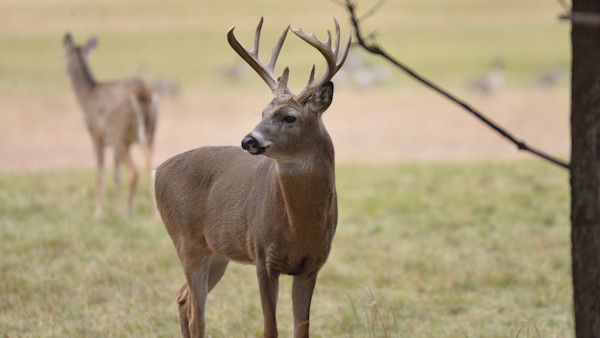

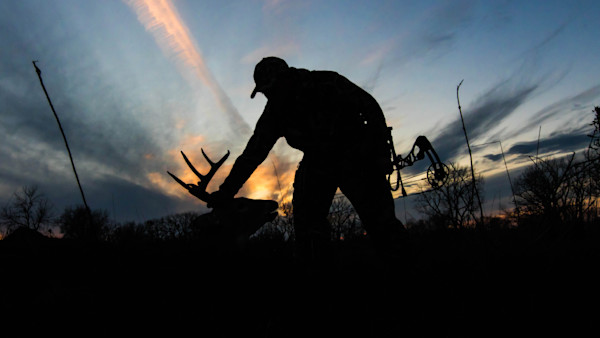

Conversation